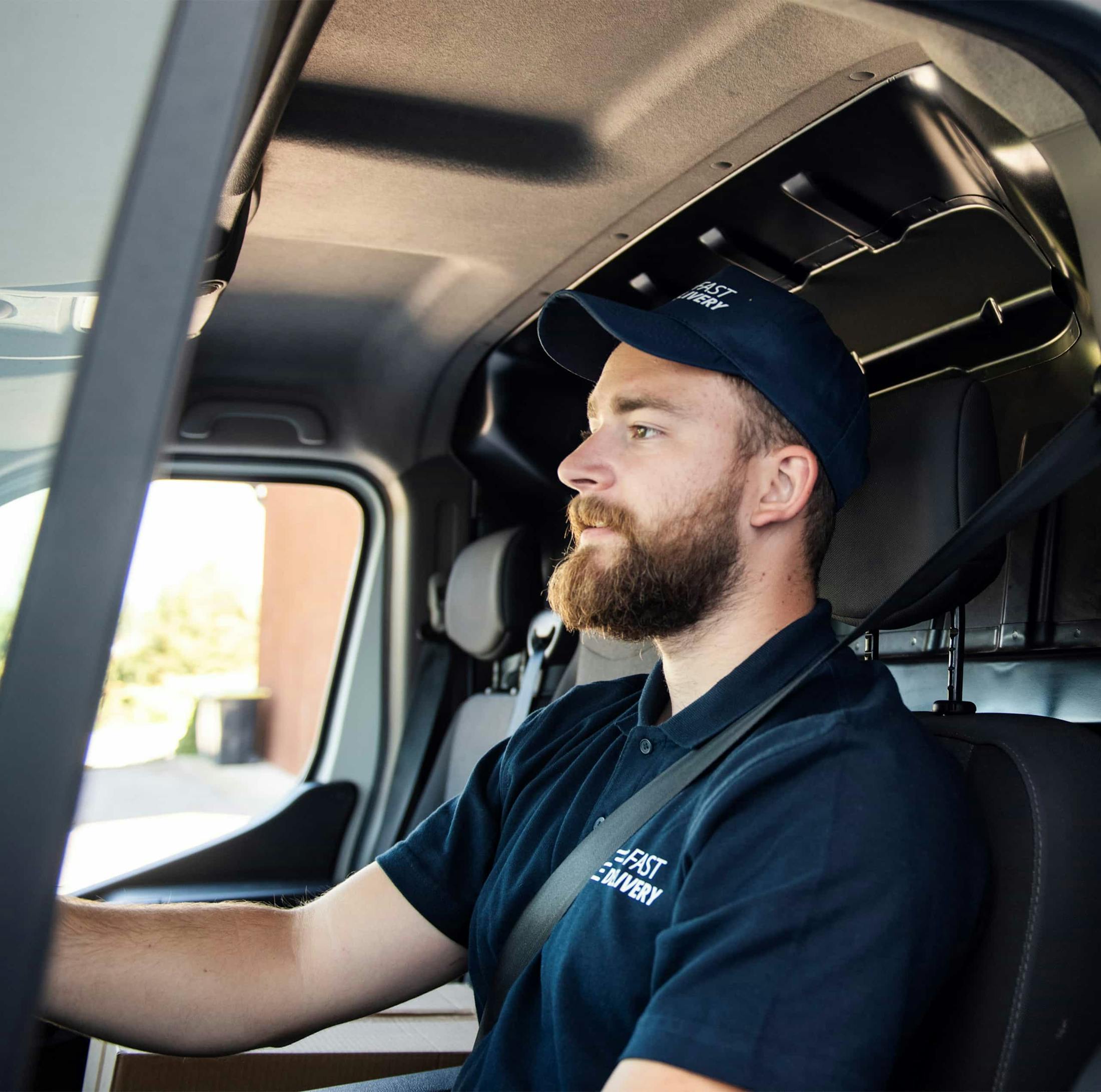If you or a loved one has been involved in a commercial vehicle accident, it's important to understand your legal rights and options.
Trucks
Trucks are the most common type of commercial vehicle involved in accidents. They include big rigs, 18-wheelers, and tractor-trailers. These vehicles are much larger and heavier than passenger cars, which means they can cause severe damage and injuries in a collision. Truck accidents can be caused by driver fatigue, speeding, distracted driving, or improper maintenance.
Buses
Buses are another type of commercial vehicle that can be involved in accidents. These vehicles are often used for public transportation or charter services. Bus accidents can be caused by driver error, poor maintenance, or defective equipment. Due to their size, bus accidents can result in serious injuries or fatalities.
Vans
Vans are smaller commercial vehicles that are often used for deliveries or transportation of goods. While they are smaller than trucks and buses, they can still cause significant damage in an accident. Driver error, poor weather conditions, or improper maintenance can cause van accidents.









